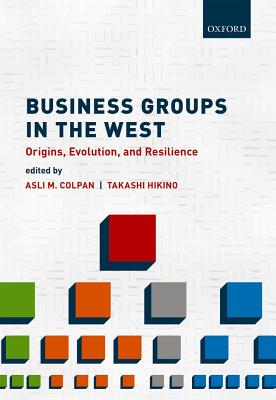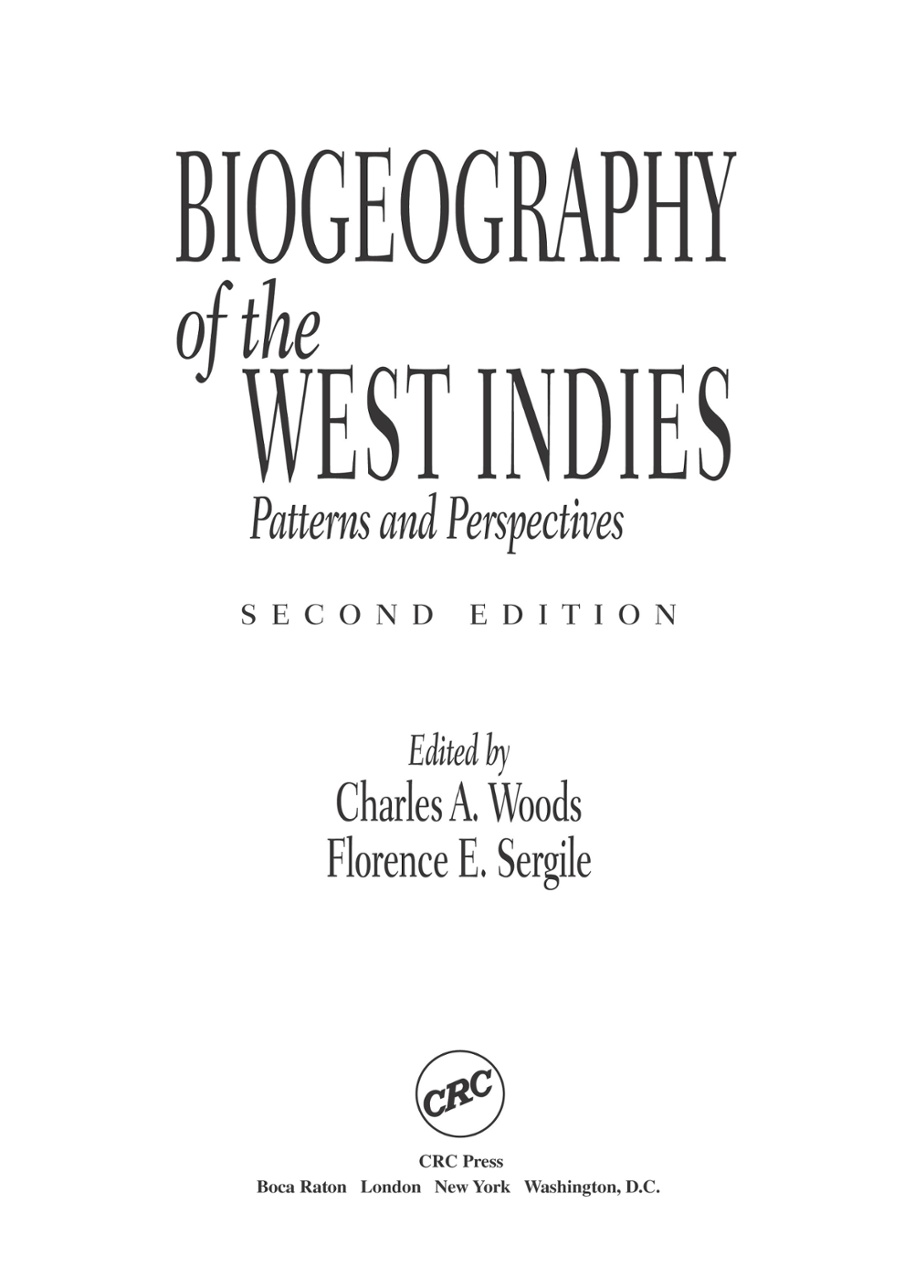Title: The Evolution of the Western Suit: Origins and Advancements
The Western suit has undergone a long and fascinating evolution, with origins dating back to the medieval period. Initially worn by knights and nobles in Europe, the suit eventually became a staple of business attire during the 19th century. Over time, advancements in fabric technology and fashion design have transformed the suit into the sleek and sophisticated look we know today. One notable development was the introduction of the two-piece suit in the early 20th century, which allowed for greater flexibility in terms of movement and comfort. Another key trend was the rise of colorful and bold patterns, as well as the use of accessories such as ties, pocket squares, and hats to add personality and style. Today, the Western suit remains an important symbol of professionalism and sophistication, with many designers continuing to push the boundaries of tradition through innovative twists on classic silhouettes and materials. Whether worn for work or play, the Western suit continues to evolve and captivate audiences around the world.
The suit, an iconic piece of clothing that represents power, sophistication, and formality, has a rich history dating back centuries. Its evolution has been shaped by various factors, including fashion trends, cultural movements, and technological innovations. In this article, we will explore the origins of the Western suit, tracing its roots to the medieval period and delving into its development through the years.
Medieval Fashion: The Roots of the Suit
The first recorded instance of a suit-like attire dates back to the medieval period in Europe. At that time, clothing was heavily decorated with ornate embroidery, intricate beading, and heavy fabrics such as wool and velvet. Men wore long robes with a hooded tunic called a cote, along with a belt called a girdle. These garments were typically made of luxurious materials and adorned with symbols of rank and status.

The rise of feudalism during the Middle Ages brought about significant changes in men's fashion. As kingdoms and principalities emerged, so did a need for a new type of attire suitable for courtly life. This led to the development of the tunic-and-breeches combination, which eventually gave way to the modern-day suit.
Courtly Dress in Renaissance Italy
The Renaissance period (14th-17th century) marked a significant shift in fashion, as well as in European culture more broadly. During this time, artists and thinkers began to champion humanism and individualism, leading to a renewed interest in classical forms and beauty. This cultural movement had a profound impact on men's fashion, particularly in Italy, where the style known as the "Stile Fiorentino" or Florentine style became popular among the wealthy elite.
The Florentine style was characterized by its use of light-colored silks and linens, its intricate embroidery, and its emphasis on elegance and refinement. Men wore short jackets called waistcoats over their tunics and trousers, which helped to create a more structured and polished look. These elements would later influence the development of the modern suit.

The Industrial Revolution and Gender Equality
The Industrial Revolution, which began in the 18th century, had a profound impact on global fashion and society as a whole. New manufacturing techniques allowed for mass production of clothing at affordable prices, transforming the fashion industry. However, it also had far-reaching social implications, including the emergence of labor unions and calls for gender equality.
During this time, women's fashion underwent a significant transformation as well. Blouses, skirts, and other forms of female clothing that had previously been reserved for special occasions became more common in daily wear. Women began to challenge traditional gender roles, demanding greater freedom of expression and independence.
The suit as we know it today evolved during this period as well. Men's clothing became less elaborate in design, focusing more on practicality and comfort. The waistcoat was shortened, while trousers were tailored to fit more closely around the legs. These modifications created a more streamlined and versatile outfit that could be worn in both formal and informal settings.

The 20th Century Suit: A Modern Classic
In the early 20th century, fashion continued to evolve rapidly as new styles and trends emerged worldwide. Women's fashion saw the rise of the flapper dress and other daring looks that challenged traditional gender norms. Men's fashion followed suit, with designers experimenting with new silhouettes and materials.
The modern suit emerged during this time as a symbol of professionalism and stability. Made from durable materials such as wool or nylon, suits were designed to withstand the rigors of everyday life while still looking polished and put together. They came in a variety of colors
Articles related to the knowledge points of this article:
The beauty of womens down jackets
The rise of the修身羽绒服: Fashion’s new frontier
Title: The Art of Tie Knots: A Comprehensive Guide to Tie Knot Styles



